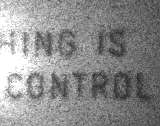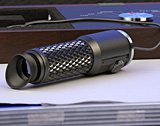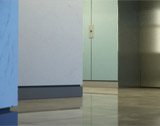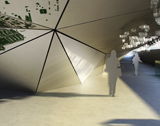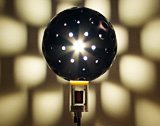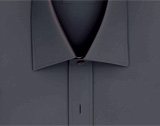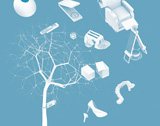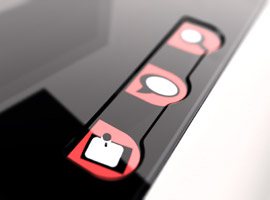Procedural Lighting Gradients
The video above is a silent walkthrough of a basic scene setup and it assumes a certain level of knowledge of modo (or any other application that this technique may apply to).
Download the video.
H.264, 30MB, 860x518, 13min.
✦The technique illustrated above was created by me as a cleaner and more controllable alternative to image-based lighting. Product rendering/photography for design development requires a certain degree of control on lighting and reflections; the surface details and topology must be clearly communicated by casting reflections and highlights in the right spots; also, the materials need to be understandable in a neutral context, as most of the times the images are placed on solid black or white documents.
Popular rendering techniques range from image-based lighting to virtual lights plus bounce cards. Both of those methods and any variation in between are perfectly suitable and deliver good quality results, but they lack in efficiency, flexibility and consistency for the purpose of rendering for product development.
My technique uses procedural black-to-white gradients applied to the luminous output of a surface surrounding the 3D model, multiplying the luminance values to increase the dynamic range of the gradient. This brings the following advantages over other methods:
- The gradients never show any pixel interpolation artefacts at any resolution.
- There are no pixel sampling issues when global illumination is used.
- The gradients are applied to the UV space of the lighting geometry, making it really easy to adjust the highlights' positions.
- The shape or character of the visible reflections can be easily modified in-software.
- Using real luminous geometry and not environment images allows to control the materials behaviour by almost exclusively varying reflection and roughness values.
For comments and questions please refer to this Luxology forum thread or drop me a line – please no attachments, vcards or images if it's the first time you correspond with me; it's for the spam, you know.
